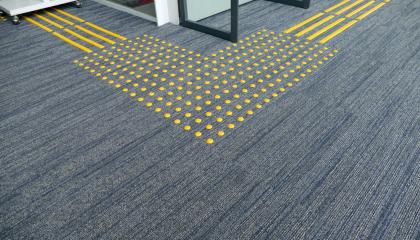The etiquette of interacting with a wheelchair user is rather simple if we make it so. From an early age, we learn our society’s rules for interacting with one another; however, society doesn’t offer clear-cut standards for interacting with people who use wheelchairs. When meeting a person using a mobility device in public or social situations, some people might freeze up, act in a patronizing way, or ignore the person completely.
People are people—no matter what.












